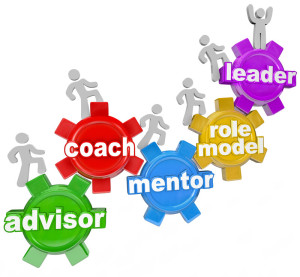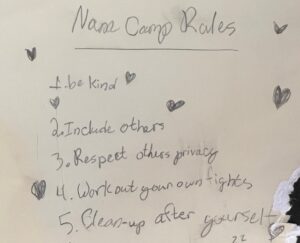I wasn’t going to write anything this week since my husband and I just returned from an 18-day trip with Road Scholar – The 4 Nordic Capitals. We spent 3-4 days in each – Copenhagen, Oslo, Stockholm, and Helsinki. It was everything I had hoped it would be! But no one hopes for jet lag and feeling like a zombie the first day or two back.
Road Scholar – The 4 Nordic Capitals. We spent 3-4 days in each – Copenhagen, Oslo, Stockholm, and Helsinki. It was everything I had hoped it would be! But no one hopes for jet lag and feeling like a zombie the first day or two back.
So, on day 2 of re-entry, I was up very early after too short a night’s sleep as my body adjusts to the 7-hour time difference. Why not start writing? I learned so much on the trip and have lots to share in due time. No question that we can learn a lot from these progressive Nordic countries – Denmark, Norway, Sweden, and Finland.
I visited three of these capital cities when we were on a cruise in the Baltic Sea in 2018. But having only 6-8 hours in a port is nothing like immersing yourself for a few days and really learning about the country – their history, political structure, culture, social services, technology, and more.
A day with a Road Scholar tour like this includes a 1-2 hour lecture from the local guide or an outside expert and then guided tours to a variety of sites with usually some free time late afternoon to explore on your own.
Let’s start with how progressive they are. I could start from various angles – a strong focus on sustainability, extensive public transportation infrastructure, free education through the university level, lengthy required maternity/paternity leaves, and of course their healthcare system.
From my lecture notes, here are a few data points I captured on healthcare:
In Finland, healthcare is not completely free but pretty close. Prescriptions are subsidized and you pay a maximum of 700 euro in a year ($769.37 using today’s conversion rate). Think about the people you know in the U.S. who are paying thousands a month for just one critical prescription. Hospitalization is 49 euro a day regardless of what it is for ($53.86 using today’s conversion rate). Think about people in the U.S. who have to declare medical bankruptcy due to hospital bills or deplete their life savings for nursing home care. (A 2015 study by the Kaiser Family Foundation found that medical bills caused 1 million U.S. adults to declare bankruptcy every year and that 26% of Americans aged 18 to 64 struggle to pay medical bills. Medical bankruptcy is almost unheard of outside the U.S.)
In Sweden medical care is free until you are 19 years old and dental care is free until you are 24. For medical care you pay $25 per visit or procedure. After a maximum of $720 per year you don’t pay. (Local guide spoke in dollars vs euros for us).
Yes, people in these countries have high tax rates but their dollars go to services for the entire population. Healthcare is just one example – they truly believe healthcare is a right with every citizen having equal access to services.
More to come on lessons from the Nordic countries in future weeks….
 healthcare providers as an interim leader – three as CIO, one as CTO. I’ve learned firsthand how interim leaders provide an important bridge during leadership transitions and can make a significant impact on an organization in a short time.
healthcare providers as an interim leader – three as CIO, one as CTO. I’ve learned firsthand how interim leaders provide an important bridge during leadership transitions and can make a significant impact on an organization in a short time.








